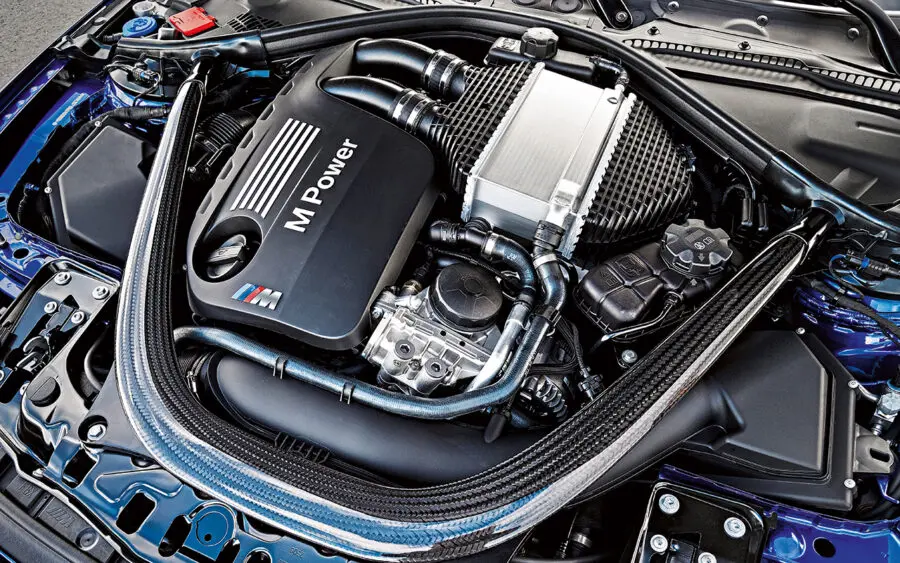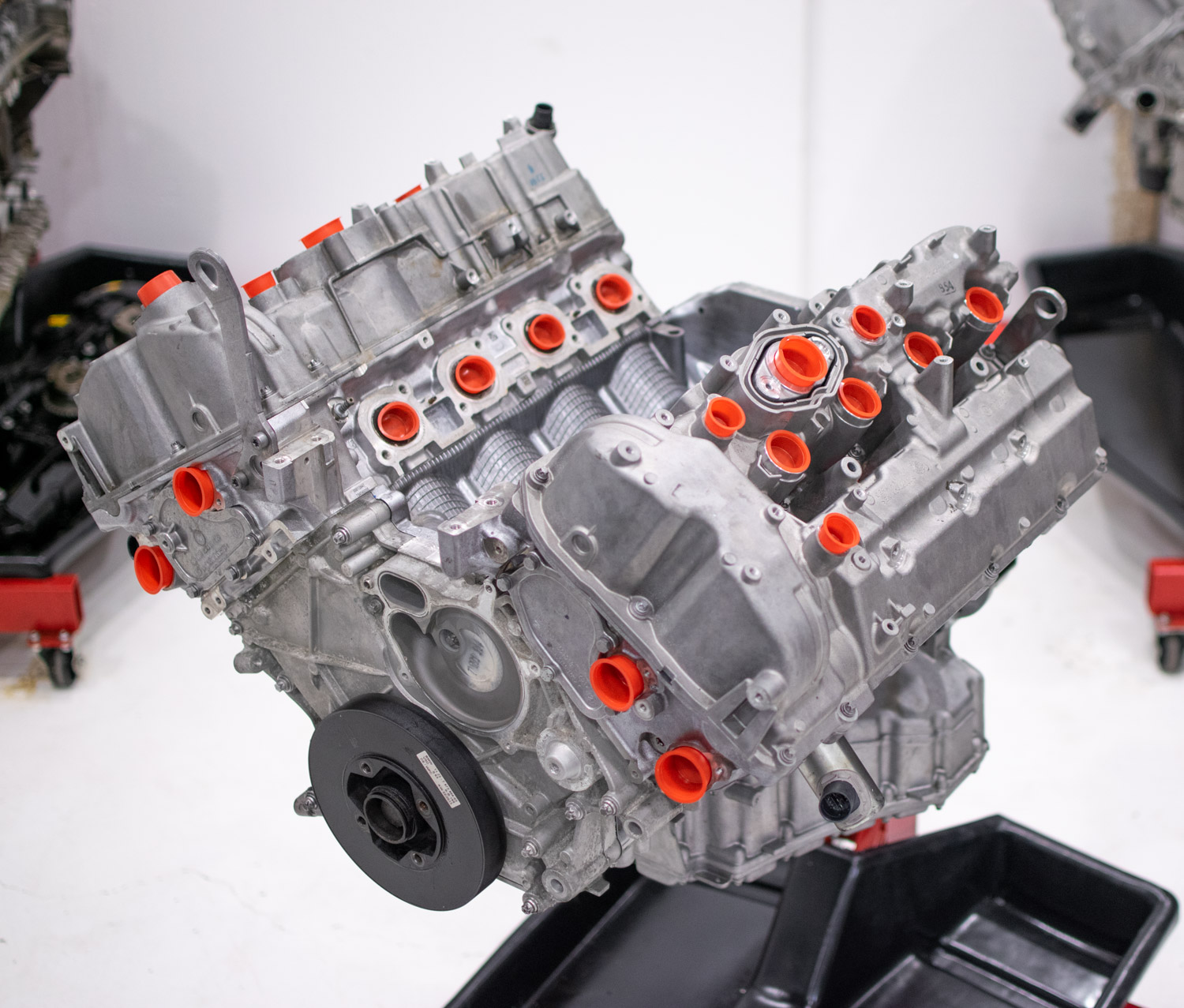How to Maintain Your BMW Engine for Ideal Performance and Durability
How to Maintain Your BMW Engine for Ideal Performance and Durability
Blog Article
Discovering the Evolution of Burning Engines in Modern Transport Equipments
As we browse the landscape of contemporary transportation, the development of combustion engines stands as a testimony to human resourcefulness and engineering prowess. From their humble starts to the advanced powerhouses pushing automobiles today, combustion engines have actually undertaken a remarkable trip of innovation and adjustment. Recognizing the intricacies of this development not only loses light on the past however likewise paves the means for imagining what exists in advance in the realm of transport innovation. The interplay of background, modern technology, and environmental issues in forming the trajectory of combustion engines develops a story that is both engaging and informative.
Early Beginnings of Combustion Engines
Exactly how did the principle of combustion engines initial emerge in the very early phases of transport advancement? The roots of burning engines can be mapped back to the 17th century when the concepts of internal combustion were initial checked out.
The development minute featured the invention of the first successful gasoline-powered engine by Karl Benz in 1885 - bmw engine. This engine led the means for the development of the modern-day auto, reinventing transport systems worldwide. Subsequent innovations by Nikolaus Otto and Gottlieb Daimler better refined burning engine modern technology, bring about the automation of automobiles and the rapid expansion of the transport industry
These early combustion engines were identified by their simplicity and performance, laying the foundation for the facility and powerful engines made use of in contemporary transport systems. The evolution of burning engines has been crucial in shaping the way we take a trip and transfer items, noting a significant landmark in the background of transportation growth.
Transition to Internal Burning Modern Technology
The transition to interior combustion innovation marked a pivotal shift in the advancement of transport systems. This change started in the late 19th century, with innovators like Nikolaus Otto and Gottlieb Daimler creating the very first successful internal combustion engines. These engines revolutionized transport by offering an extra efficient and powerful alternative to vapor engines and electrical motors.
One of the essential benefits of interior burning engines was their capability to be reduced to fit into vehicles, leading to the growth of autos and motorbikes. This shift from large, stationary engines to compact, mobile ones led the method for the modern-day transportation systems we see today.
The transition to inner burning innovation likewise spurred innovations in gas innovation, leading to the advancement of gasoline and diesel as main fuel sources for lorries. This change not only made transport extra easily accessible to the masses yet likewise laid the foundation for the oil and gas sector to end up being integral to global economies.
Impact of Combustion Engines on Transport
The adoption of combustion engines in transportation systems catalyzed an extensive shift in the performance and speed of global wheelchair. Burning engines reinvented transport by supplying a reliable and flexible source of power for numerous vehicles, consisting of cars, planes, ships, and vehicles. This advancement significantly improved the ability for goods and individuals to move over cross countries in shorter amount of time, leading to enhanced connectivity between areas and nations.
In addition, the extensive use burning engines has had a considerable influence on economic advancement. The ability to transfer items efficiently has actually spurred profession and commerce, allowing organizations to increase their markets and reach consumers worldwide. This has actually promoted financial growth and globalization, as items can now be delivered much faster and in bigger amounts than ever.
However, the environmental impact of burning engines can not be ignored. The combustion of nonrenewable fuel sources has brought about air pollution and greenhouse gas exhausts, adding to climate change and posturing health and wellness more tips here risks to populations. bmw engine. Because of this, there is an expanding emphasis on creating different propulsion innovations to alleviate these negative impacts and create a much more lasting future for transportation
Technologies in Combustion Engine Layout
One notable development is the development of turbocharged engines, which use exhaust gases to drive a generator that presses incoming air, allowing for more fuel to be burnt, resulting in enhanced power outcome without a significant increase in engine size. Variable shutoff timing systems have actually likewise revolutionized engine layout by optimizing air movement at different engine rates, improving both power and effectiveness. These innovations collectively add to the continual renovation of burning engines in contemporary transportation systems.
Future Fads in Combustion Engine Development
With innovation developments driving constant technology, the future of burning engine advancement is poised to transform transportation systems internationally. One of the essential trends in combustion engine growth is the press towards better effectiveness and reduced exhausts. Manufacturers are spending greatly in r & d to boost engine performance while fulfilling stringent environmental laws. This includes the combination of advanced gas shot systems, enhanced turbocharging methods, and using light-weight products to enhance fuel usage and minimize carbon discharges.
One more prominent trend is the fostering of crossbreed modern technologies in burning engines. Crossbreed engines incorporate typical combustion innovation with electrical power, offering boosted fuel performance and reduced emissions. As the automobile industry changes towards electrification, crossbreed burning engines are seen as a transitional option that links the space between traditional automobiles and fully electrical ones.
Additionally, the integration of clever modern technologies, such as artificial intelligence and data analytics, is anticipated to play a substantial function in the future of burning engine development. These technologies can enhance engine efficiency in real-time, resulting in extra reliable burning processes and improved general car performance. Welcoming these future trends will certainly not only drive development in combustion engine he has a good point growth yet additionally add to a more ecologically friendly and sustainable transport environment.

Verdict
In verdict, the development of combustion engines in contemporary transport systems has been marked by substantial innovations in modern technology and design. From the early beginnings of burning engines to the shift to inner burning innovation, these engines have had an extensive effect on transportation.
The roots of burning engines can be mapped back to the 17th century when the concepts of internal combustion were very first explored. These engines reinvented transport by offering a more effective and powerful option to vapor engines and electric motors.

Report this page